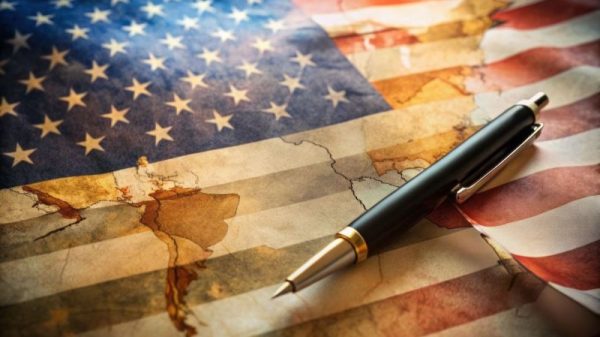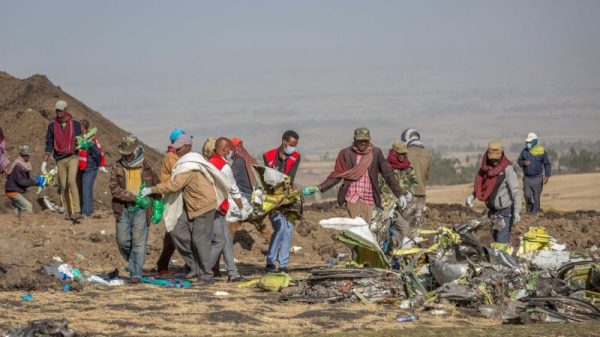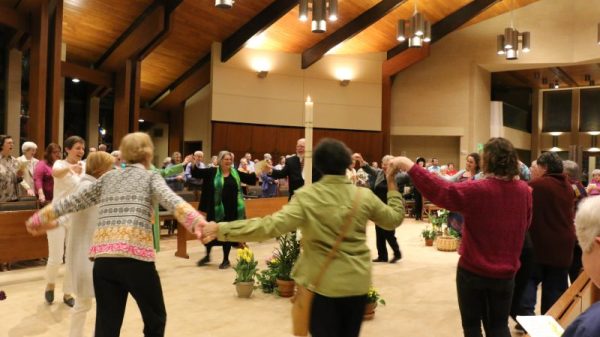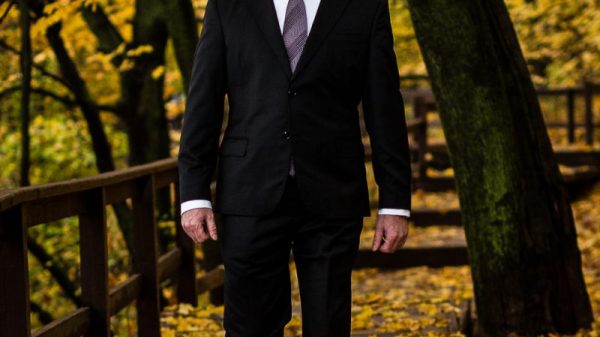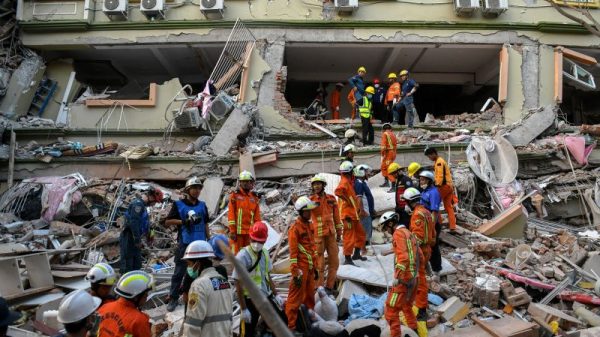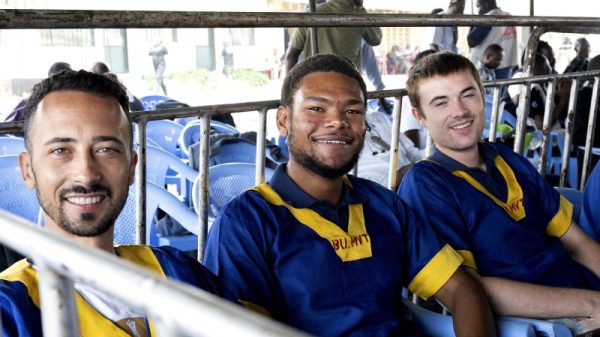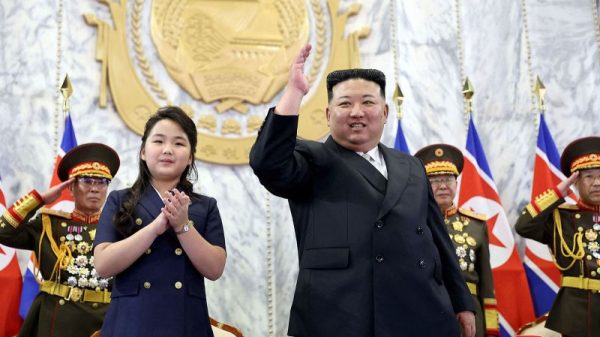Fay Manners and Michelle Dvorak were perched high on the snowy face of a Himalayan mountain when disaster struck their quest to become the first to summit its peak.
At more than 6,000 meters (about 20,000 feet) above sea level, a falling rock sliced through the rope carrying Manners’ bag, leaving the climbers stranded in the inhospitable wilderness without vital supplies including their tent, stove, food, crampons and ice axes.
“All I can really remember is just seeing the bag go down the mountain and being really shocked, thinking, ‘How has this happened? Like, what’s going on?’”
But for both climbers, their immediate reaction wasn’t fear for their safety or survival – it was devastation that their mission, which required painstaking preparation, training, and altitude acclimatization, was being cut short when they were so close to their goal.
Manners, a Briton living in France, and Dvorak, an American, had been “absolutely desperate” to reach the summit of the unclimbed peak in India’s northern Uttarakhand state.
Their attempt to climb the nearly 7,000-meter Chaukhamba III began on September 27, as they clambered across ice and rock and slept on narrow ledges. The approach to the mountain alone was incredibly tough, Manners said – they had chosen a maze-like route that navigated endless deep crevasses and precarious snow bridges that risked collapsing in warmer weather. It took three attempts before they could even reach the base of the mountain, she said.
“We were near the end of all the difficulties … (we) maybe had one more day to get to the summit, and then we would have been the first to reach this summit,” Manners said. Instead, “our dreams were just falling down the mountain.”
Without their gear, climbing back down and across the crevasses was near-impossible, so they contacted emergency services for help. But the severity of their situation soon became clear when helicopters failed to spot them on the vast mountain face the next morning – and again the following day.
“We searched all day at the coordinates provided to us by the tour company but did not find anything,” he said.
All the while, the climbers had no food besides two energy bars that they “nibbled on,” and no water, since their stove to melt snow had been lost, Manners said.
Even their dehydrated food was no use without the stove. At one point, desperate and dehydrated, they abseiled to a spot with dripping ice and collected a tiny amount of water during the few hours when the sun was out.
And the conditions steadily deteriorated as they faced a snowstorm, hail and even an avalanche. They huddled together in their wet sleeping bag, hair frozen solid, with nighttime temperatures reaching –15 degrees Celsius (5 degrees Fahrenheit).
“I was close to hypothermia, I think, and I was shaking so violently through the night that Michelle had to hold my legs to just try and keep me warm,” Manners said. “That sleeping bag saved our lives.”
That’s when they knew they had to act, even if they were weak and disoriented, she said. The next morning, they began abseiling down the mountain through thick fog, knowing the journey back to base camp could be “incredibly dangerous” with high chances of serious injury or falling down a crevasse.
But as they reached the bottom, they glimpsed a group of French mountaineers – a rival team that had also been hoping to reach the summit first. Negi, the information officer, said Indian authorities had reached out to the French team for assistance after being unable to locate Manners and Dvorak.
When Manners realized the French team had been sent to rescue them, “all my emotions came out at once, and I had some tears in my eyes,” she said.
With their help, she and Dvorak trekked to the French base camp, munching on cheese their rescuers had brought from France, she said. The Indian Air Force then airlifted them to a nearby hospital on Sunday, three long days after they were stranded.
Both climbers are uninjured and eager to fly home. And their brush with death hasn’t deterred them from following their dreams, said Manners, who encourages women and girls to pursue the sport. She wants to try the summit again next year – perhaps with the French team who rescued them.
When people look at their experience, she hopes they see two strong women who “got really close to the top,” she said. And when things went awry, they were “still able to survive and manage themselves through that really adverse and terrible situation.”


